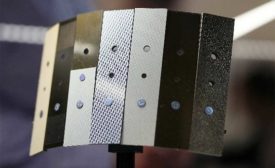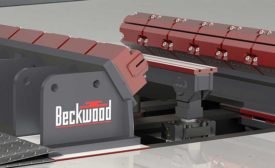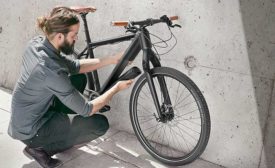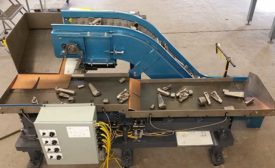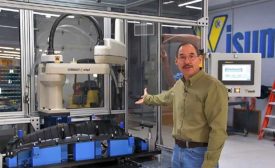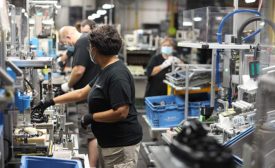Industries
Blue Lasers for Welding Copper
The blue laser produces rapid, high-quality welds for a wide range of part geometries
October 13, 2020
Adhesives Assemble Motors for Electric Bike
An anaerobic adhesive provides many advantages for assembling a compact, efficient bike motor
October 12, 2020
2020 Assembly Plant of the Year: There’s No Looking Back at Murakami
The Campbellsville, KY, plant excels at continuous improvement and workforce development
October 6, 2020
Never miss the latest news and trends driving the manufacturing industry
Stay in the know on the latest assembly trends.
JOIN TODAY!Copyright ©2024. All Rights Reserved BNP Media.
Design, CMS, Hosting & Web Development :: ePublishing
